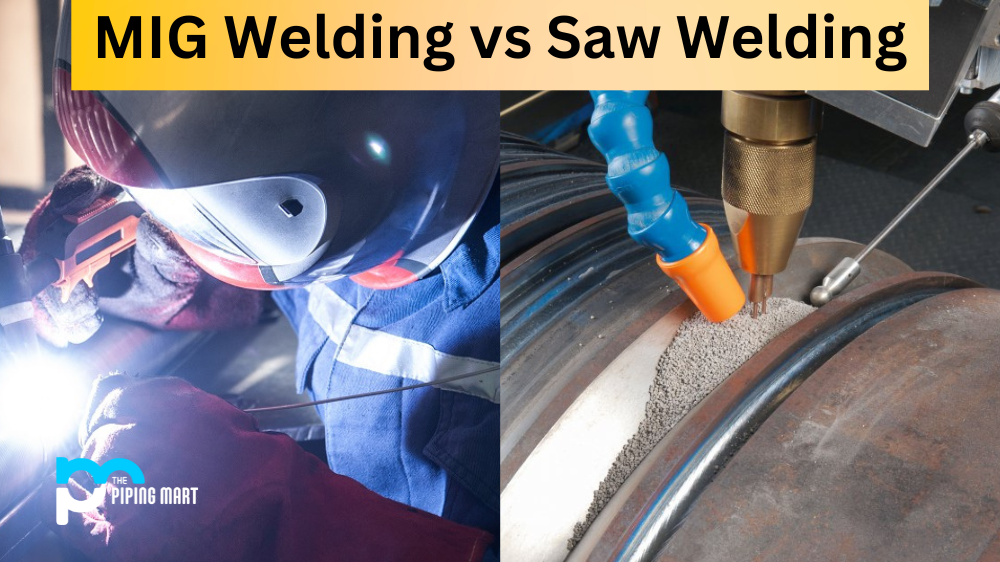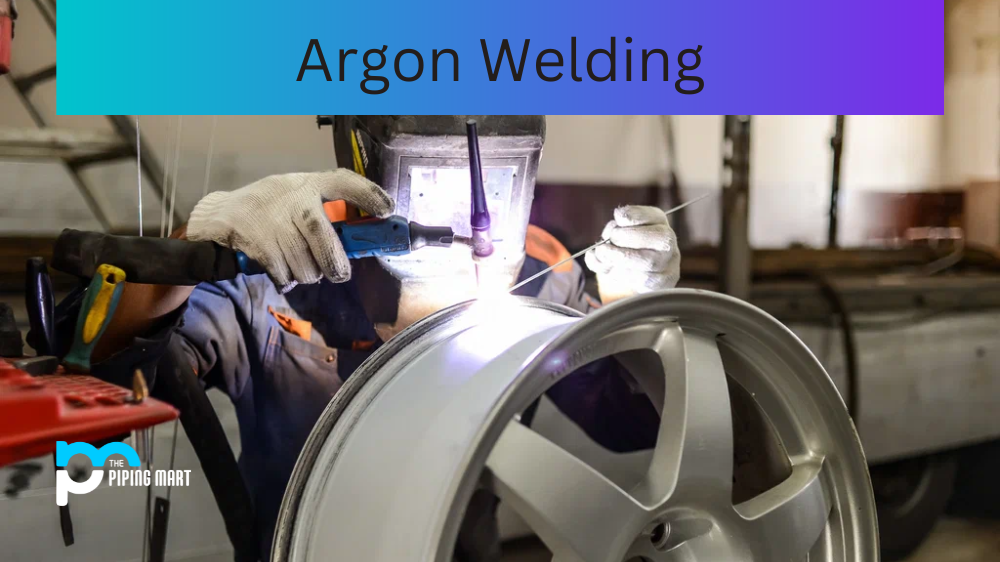Metal stamping is a manufacturing process used to create parts, components, or products out of sheet metal. It’s a versatile process that can be used to produce anything from tiny precision parts to large automotive components. But metal stamping has both advantages and disadvantages. Let’s take a look at some of the pros and cons of this manufacturing method.
Advantages of Metal Stamping
The biggest advantage of metal stamping is its cost-effectiveness. It’s one of the most efficient methods for producing high volumes of identical parts or components in a short amount of time. In addition, it can be used to create complex geometries with tight tolerances, so you don’t have to sacrifice quality for production speed. Finally, since metal stamping uses dies, it requires minimal setup time and costs compared to other manufacturing methods like machining or welding.
Another benefit of metal stamping is its versatility. It can be used on virtually any type of metal—including stainless steel, aluminium, brass, copper, and more—and can produce a wide range of shapes, sizes, and designs depending on your needs. Plus, with the right equipment and expertise, you can even use metal stamping to create intricate features such as holes, slots, notches and embossed logos that would otherwise require additional machining processes.
- Stamping is a process that can be used to create a variety of metal products.
- Stamping can be used to create products with a high degree of accuracy and repeatability.
- Stamping is a relatively fast and efficient process that can be used to produce large quantities of parts.
- Stamping can be used to create parts with complex shapes and geometry.
- Stamped parts often have a high degree of strength and durability.
Disadvantages of Metal Stamping
While there are many advantages to using metal stamping for your project needs, there are also some drawbacks. One disadvantage is that metal stamping isn’t suitable for all types of projects due to its limitations on size and shape—especially when compared to other manufacturing processes like CNC machining or 3D printing. Additionally, suppose your part or component requires small holes or slots with intricate details. In that case, you will likely need an additional machining step—which can add time and cost to your project timeline and budget.
Finally, depending on the complexity requirements for your project—such as deep-drawn components with multiple bends—you may require specialized tooling, which could add additional costs beyond what was initially estimated in the quote phase.
Limited Design Possibilities
One of the primary disadvantages of stamping is that it limits the design possibilities for a product. This is because stamping involves using a die to cut or shape a piece of metal, which means that the final product will be the same shape as the die. This can be problematic for companies that want to create products with unique or intricate designs.
High Setup Costs
Another disadvantage of stamping is that it can have high setup costs. This is because stamping dies are typically very expensive to create, especially if they are complex in design. Additionally, stamping machines can also be quite costly, which can further increase the overall cost of production.
The scrap Rate Can Be High.
Another issue with stamping is that the scrap rate can be quite high. This is because when a piece of metal is stamped, a lot of waste is often created. This waste material must then be disposed of, which can add to the overall cost of production.
Not Suitable for All Metals
Stamping also isn’t suitable for all types of metals. This is because some metals, such as aluminium, are too soft and will deform when stamped. Additionally, some metals are too brittle and will break when stamped. As a result, it’s important to carefully select the type of metal that will be used for a product before deciding to use stamping as a manufacturing method.
Requires Specialized Equipment
Another drawback of stamping is that it requires specialized equipment. This equipment includes both the stamping dies and the stamping machines themselves. As a result, companies that don’t have this specialized equipment may need to outsource their stamping needs to another company, which can add to the overall cost of production.
Conclusion:
While there are some disadvantages associated with metal stamping compared to other manufacturing processes like CNC machining or 3D printing, it remains an affordable option for quickly producing high volumes of identical parts while still maintaining tight tolerances. When done right, it offers reliable results at competitive prices, so if you need large volumes produced quickly, it might be the perfect solution. Just make sure that you factor in any special tooling requirements before committing to avoid any unpleasant surprises down the line.

A passionate metal industry expert and blogger. With over 5 years of experience in the field, Palak brings a wealth of knowledge and insight to her writing. Whether discussing the latest trends in the metal industry or sharing tips, she is dedicated to helping others succeed in the metal industry.




